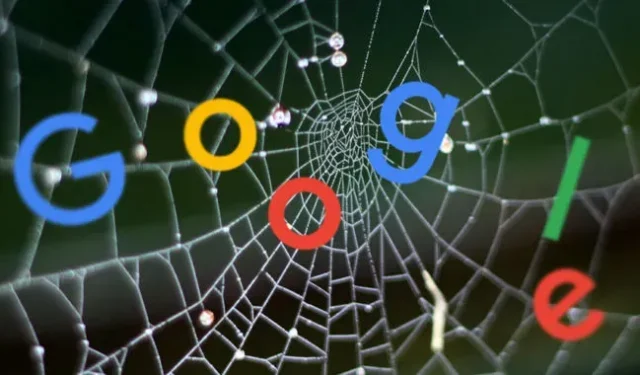Google’s acquisition of Fitbit closed in early 2021, but we don’t see much change just yet. 9to5Google has spotted a big upcoming change posted on the Fitbit help site: account transfers! A new Fitbit help page lays out the roadmap for the upcoming Google account migration. If this looks like a Nest account migration (performed by the same Google Hardware division), Fitbit users are in for a wild ride.
Google’s support page says “We plan to enable Fitbit use with a Google account sometime in 2023″and that at that point “certain uses of Fitbit will require a Google account, including signing up for Fitbit or activating recently Released Fitbit Devices and Features.”This means an optional account migration for existing users in 2023. Google also says, “Support for Fitbit accounts will continue until at least early 2025. After the end of support for Fitbit accounts, you will need a Google account to use Fitbit. We will be transparent. with our customers on when to close Fitbit accounts through notifications in the Fitbit app, email, and help articles.”
Merging accounts will, of course, mean that Google receives data about your health. Google says that “you need to consent to the transfer of your Fitbit user data from Fitbit to Google”and that “Google will then provide the Fitbit to you in accordance with Google’s Terms of Service, Privacy Policy, and Fitbit’s binding commitments. “Part of these EU commitments, which Google has decided to apply globally, is that “Google will not use Fitbit health and wellness data for Google Ads.”
Google’s sales pitch on why you’d like to transfer data reads: “Google accounts on Fitbit will support a range of benefits for Fitbit users, including single sign-on for Fitbit and other Google services, industry-leading account security, centralized control privacy for Fitbit. user data and other features from Google on Fitbit.”In fact, since Fitbit’s borgification will become mandatory in 2025, resistance is futile.
Let’s hope it goes better than Nest
The closest experience we have to these major account migrations is Google’s handling of Nest accounts in 2019. It was (and still is) a very bumpy road. After several years of coexistence after acquiring Google Nest in 2014, Google decided to terminate Nest accounts after five years and move everyone to a Google account. You weren’t forced to switch, but not switching meant only the slow death of your account as you couldn’t add new devices and didn’t get any new features. The account move ended up changing a lot about how Nest works and what Nest works with, introducing regressions such as losing location-based thermostat control for several months. violation of existing compatibility with third-party applications and death “Works with Ecosystem”Nest “. It also marked the end of Google.”
So far, the only difference we’ve seen from the Google/Fitbit team is the Fitbit branding giving way to “Fitbit by Google”branding. If we follow the example of history and assume that Google doesn’t learn from its mistakes, the Fitbit transition maps very well to the Nest transition. We envision the Fitbit app and website being hit with the same “not invented here”stick, with Google Fit becoming Fitbit’s new companion app (Google Fit no longer has a functional website). Fitbit has a lot of integration with other services, but will likely need to migrate to some Google API such as the Google Fit API. Naturally, this will mean that some features will be retained, some features will be completely lost, and some developers will not want to take the leap and recode previously working integrations. Buckle up!
Google says more information will be available closer to the 2023 launch date.


